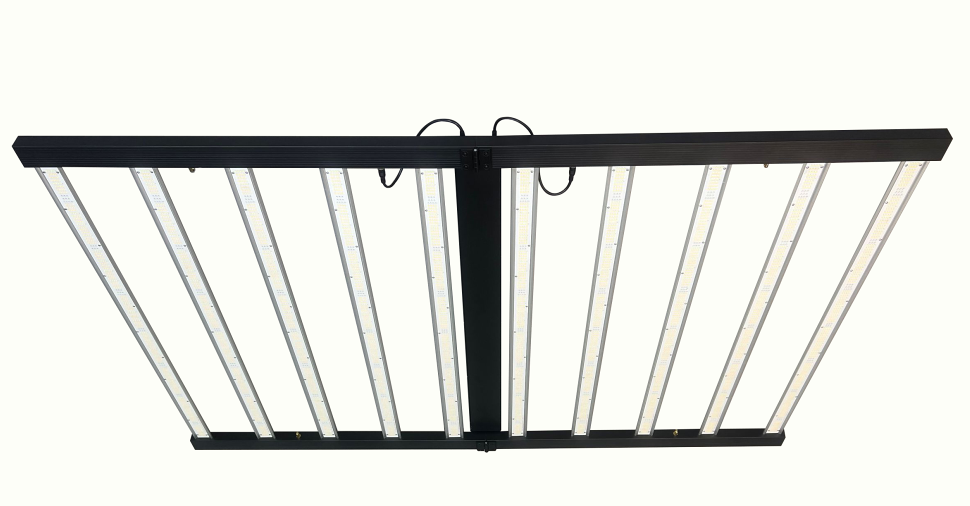One of the most common questions for growers of industrial hemp is; “What type of LED grow light should I look for?”
I am constantly trying out new LED lights to get a real feel for what is on the market. I am not trying to sell you on any one brand, I am now going to talk about what you should focus on before investing real money in an LED grow light.

LED Chips
You always want to look for a chip that is at least 3W, anything less than 3W will not provide enough consistent light coverage for your plants. This means that each chip needs to be 3W, not 1W LEDs for 3 lights, so keep an eye on that when reading the description. 3W chips offer the best quality in white, blue, and red.
Wattage
This is also important; you want to read the product description to get the total output. How many units does the light claim to have? It could be 300W, 400, 600, or even 1000. Always check the output and look for at least 300W.
Understand that you can't always get 100% when it comes to LEDs so you'll usually end up with a little less wattage than recommended and the chips will always burn out regardless of quality so the higher the wattage you get you can also compensate for the wattage loss.
Spectrum
Remember that red, blue, and infrared are also important when growing hemp so you want to stick to the ideal PAR value. Look for blues that range between 440-470nm with a tear-off between 640 and 660nm.
Heat Dissipation
These lights stay on for most of the day, often 15 hours at a time so you want to make sure they have an internal fan to protect the light and a fan to protect the plants. If it gets too hot in there it can damage the plants.
LED lights run cooler than HPS bulbs because they only give off about 15 to 25% of their energy as heat, but the heat occurs behind the bulb of LEDS so that area needs to be protected. A quality light will have a thick aluminum heat sink on the rear exterior or interior area to carry the heat away from the chip.
Lens
A quality light will have an optical lens that amplifies the light, increasing nutrient penetration to the plant by about 25%. This makes the light more expensive, but certainly worth it.
Materials
LEDs should come with a warranty, preferably one of 5 to 10 years. In reality, LEDs of this nature last about 10 years, especially in some of the more expensive panels. Look for panels that are solidly built with aluminum, steel, or materials that won’t break easily.
Warranty
As mentioned before, look for lights with a warranty of more than a year, LEDs last up to 10 years, so I’m a little skeptical of manufacturers that only offer a one-year warranty, as it suggests a low-cost manufacturing of the housing or cabling system. I usually look for a 3-year warranty on parts.
A parts guarantee is better anyway, as the bulb will continue to work regardless of which part needs to be replaced. You can easily replace the missing part yourself when it comes, while your plants still get the nutrients they need.
















